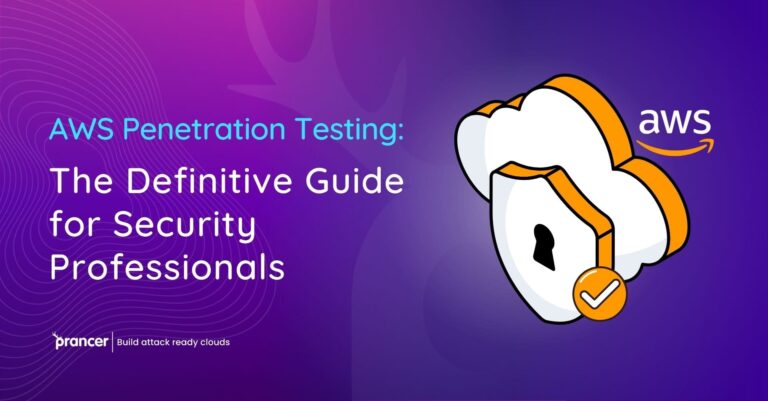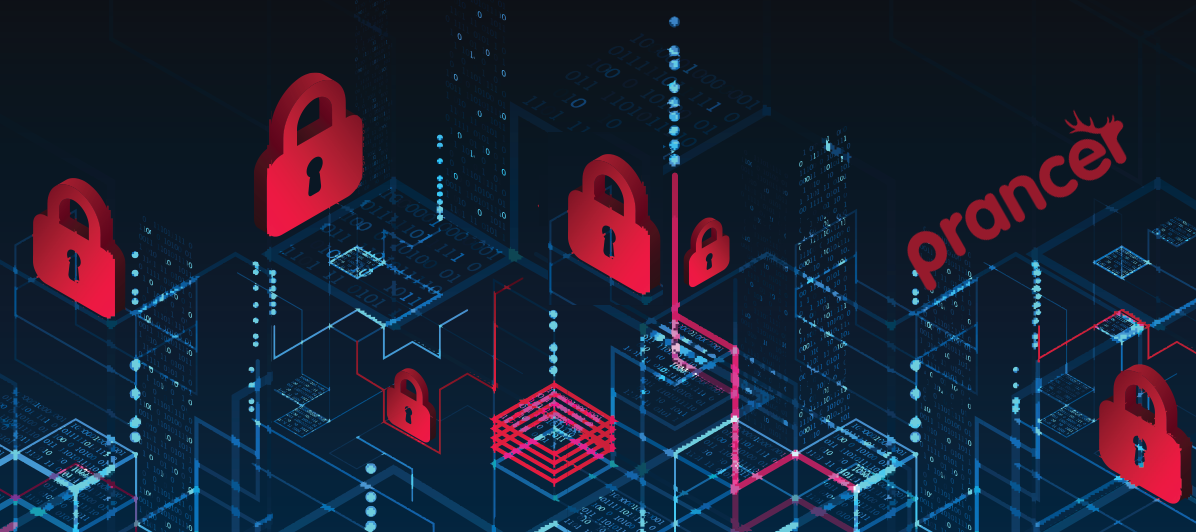

In today’s digital landscape, ensuring compliance with Payment Card Industry (PCI) standards and cloud security requirements is essential for protecting applications and maintaining the integrity of sensitive data. This article explores the challenges and importance of PCI and cloud compliance in the modern age, highlighting the value of automated security solutions by Prancer. Discover how Prancer’s advanced solutions can help you strengthen your cloud security, achieve PCI compliance, and fortify your application security.
The Challenges of PCI and Cloud Compliance: Achieving and maintaining PCI compliance can be complex due to the dynamic and scalable nature of cloud environments. Organizations must navigate challenges such as data protection, access controls, vulnerability management, and auditing to ensure compliance and protect sensitive cardholder data.
The Importance of Cloud Compliance: PCI compliance is essential for organizations that handle cardholder data, ensuring the security of transactions and maintaining customer trust. compliance with security standards and regulations is crucial to address data privacy concerns, prevent breaches, and meet industry-specific requirements.
The Power of Automated Security: Automated security solutions play a critical role in achieving and maintaining PCI compliance. By leveraging intelligent algorithms, continuous monitoring, and real-time threat intelligence, these solutions can automate security assessments, detect vulnerabilities, enforce access controls, and provide audit trails, ensuring compliance with industry standards. Prancer, a leading provider of automated security solutions, offers comprehensive features to enhance security and simplify the path to PCI compliance.
In addition to the automated security solutions highlighted above, Prancer offers features such as secure code storage, encryption controls, and real-time threat intelligence to further enhance security and simplify PCI compliance. With Prancer’s comprehensive suite of automated security solutions, organizations can strengthen their security, protect sensitive data, and achieve PCI compliance in the modern age.
Strengthen Your Application Security with Prancer’s Automated Solutions and Achieve PCI Compliance Excellence
Achieving and maintaining cloud compliance is crucial for protecting applications, data, and maintaining customer trust. By leveraging Prancer’s advanced automated security solutions, organizations can enhance their compliance monitoring, vulnerability management, and access controls, simplifying the path to achieving and maintaining PCI compliance.
